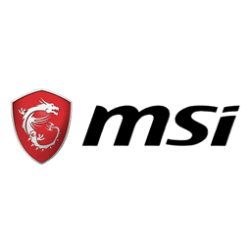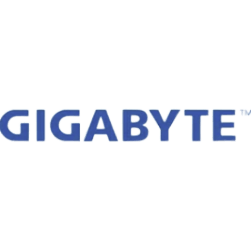
What's the best choice MSI Radeon RX 5700 8G or Gainward GeForce GTX 1070 Ti Phoenix? Which graphics card is faster?
We have prepared a comparison to help you choose the best graphics card. Compare their specifications and benchmarks.
MSI Radeon RX 5700 8G has a maximum frequency of 1.465 GHz. Memory size 8 GB. Memory type GDDR6. Released in Q3/2019.
Gainward GeForce GTX 1070 Ti Phoenix has a maximum frequency of 1.607 GHz. Memory size 8 GB. Memory type GDDR5. Released in Q4/2017.
 Reasons to consider
Reasons to consider Place in the overall ranking
(based on several benchmarks)
Common positions MSI Radeon RX 5700 8G GPU in popular benchmarks, for comparison with other models.
 Reasons to consider
Reasons to consider Place in the overall ranking
(based on several benchmarks)
Higher clock speed
Around 9% better clock speed
Common positions Gainward GeForce GTX 1070 Ti Phoenix GPU in popular benchmarks, for comparison with other models.
 MSI Radeon RX 5700 8G
MSI Radeon RX 5700 8G

Comparison of basic technical data of graphics cards MSI Radeon RX 5700 8G and Gainward GeForce GTX 1070 Ti Phoenix, chip, information processing units.
Comparison of the amount of memory on board graphics cards. The more the better.
Let's compare the memory frequency of graphics cards MSI Radeon RX 5700 8G and Gainward GeForce GTX 1070 Ti Phoenix. The higher the better.
Connectors, the number of thermal watts emitted in normal mode and at overclocking.
Types and sizes of coolers for graphics card cooling system MSI Radeon RX 5700 8G and Gainward GeForce GTX 1070 Ti Phoenix.
Connectivity and connections.
Technical data that is used to its full potential in computer games.
Built-in support for video and image compression standards.
The difference in size, weight and slot of the compared devices
Comparison of interfaces and release dates for GPU Gainward GeForce GTX 1070 Ti Phoenix and MSI Radeon RX 5700 8G.
Based on the results of several popular benchmarks, you can more accurately estimate the performance difference between MSI Radeon RX 5700 8G and Gainward GeForce GTX 1070 Ti Phoenix.
Compare synthetic benchmarks and choose the best graphics card for you!











